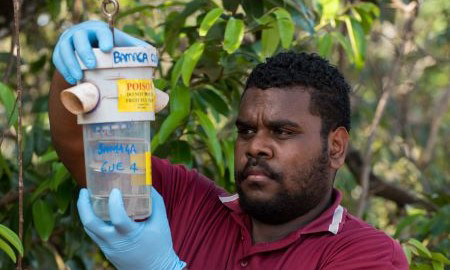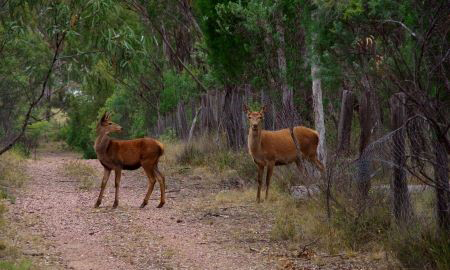Australia's natural assets including clean air, soil and water underpin our agricultural productivity. They also support the way of life we enjoy, including our love for the outdoors , healthy food production and a prosperous economy.
Environmental biosecurity protects these natural assets from damaging pests, weeds and diseases. This means that a strong environmental biosecurity system helps protect our way of life.
The Australian Chief Environmental Biosecurity Officer oversees Environmental Biosecurity in Australia, protecting Australia from both exotic and established pests, weeds and diseases.
Discover why environmental biosecurity is everyone’s business
The environmental biosecurity system
How we work
Programs, projects and pests
Report an exotic environmental pest
You can report an exotic environmental pest at the Outbreak website.
This site also contains up-to-date information on current biosecurity outbreaks.




